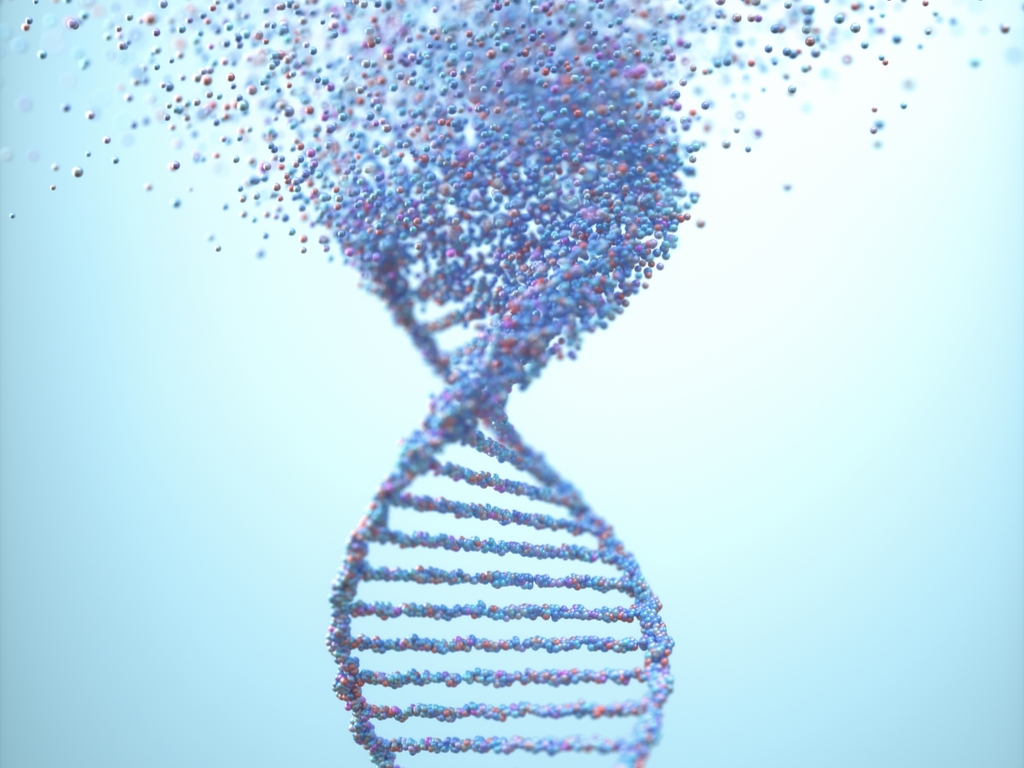Home > Insights > Biotech, Pharma Healthcare > What is Gene Editing
What is Gene Editing?
By: Kiran Chin
May, 2020

Our Executive Perspectives are informational primers intended for executives and functional leaders. They are intended to provide a calculated mix of technical and commercial understanding of relevant topics in science and technology industries.
What is Gene Editing?
What is CRISPR Cas-9?
CRISPR-Cas9 is a naturally occurring defense mechanism found in bacterial cells against viral invaders. The discovery of the CRISPR-Cas9 sequences in bacterial cells goes back to the 1980s[1] but a flurry of activity took place in 2005-2008 and then again in 2011-2013 that presented a deeper understanding of the mechanisms for its occurrence and potential applications in human therapeutics.
NOVA put together the following video to better describe what CRISPR is.
What is ZFN?
Zinc Finger Nuclease (ZFN) is an artificial form of a restriction enzyme that leverages the zinc finger structure to increase specificity of restriction enzymes. The biggest challenge posed by traditional restriction enzymes is that they tend to be only 4-8 base pairs and as such, may bind to and cleave non-target DNA (defined as low specificity). Imagine the ramifications of cleaving non-target DNA or skipping the target by one or two nucleotides.
ZFNs recognize DNA sequences 9 to 18 base pairs in length – this longer basepair sequence allows for greater specificity.
Sangamo Biosciences (a Richmond, California based biotech firm) developed a proprietary platform for zinc-finger construction in partnership with Sigma-Aldrich (CompoZr) that eliminates the need for constructing zinc fingers. Sangamo’s website boasts over 3,200 zinc finger modules[4] that can be engineered as potential therapeutic tools for targeting a specific location in the human genome. By combining Sangamo’s zinc fingers with functional DNA, researchers can target specific DNA sequences and edit, repair or adjust expression levels to treat particular diseases.
What is TALEN?
Transcription Activator-like Effector Nuclease (TALEN) is a technology that cuts specific sequences of DNA with high precision to perform targeted gene modifications such as insertion, deletion, repair or replacements to cells. To edit a gene, the target sequence in the DNA is identified. A corresponding TALEN sequence is created and then introduced into the DNA sequence. TALEN technology has a very high success rate and can be used to edit a wide range of DNA sequences in humans.
The discovery of TALEN resulted from the study of bacteria that secret Transcription Activator-Like proteins when they infect plants. The part of the protein that binds with DNA has a 33-34 amino acid sequence with divergence at the 12th and 13th amino acids. These variable amino acids demonstrate a high correlation to specific nucleotide (ATGC) recognition. The combination of a specific sequence of amino acids and binding to DNA is what allows for the targeted use of TALEN.
What is the Regulatory Landscape for Gene Editing?
By: Kiran Chin


